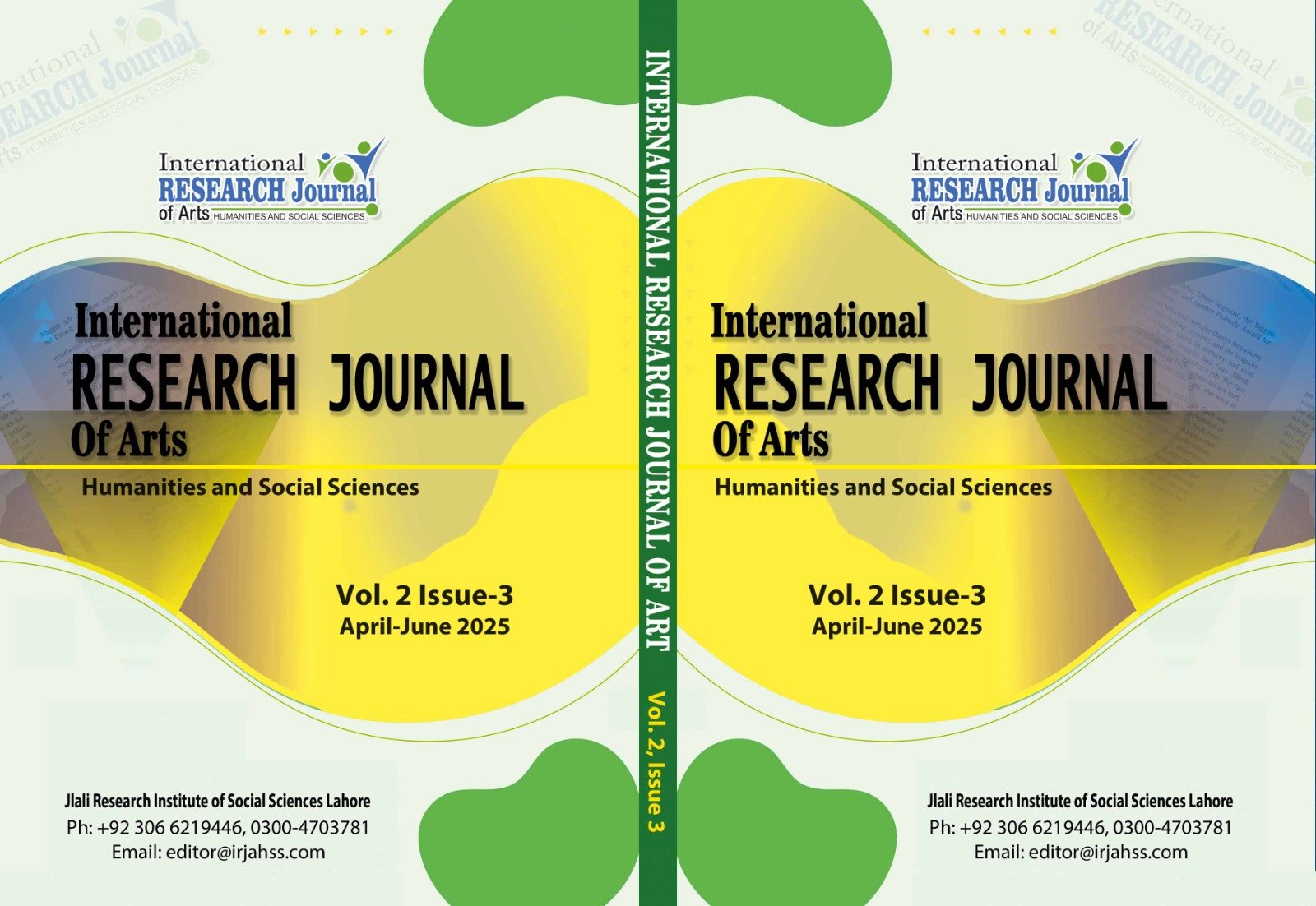Framing Conflict through Language: A Text World Theory Analysis of DG ISPR’s 2025 War Statements
Keywords:
Text World Theory, DG ISPR, military discourse, national identity, discourse analysis, Pakistan-India conflict, cognitive linguistics, metaphors, sub-worlds, political communication, ideological language, resistance rhetoric, media narrativesAbstract
This study applies Text World Theory (Werth, 1999; Gavins, 2007) to analyze selected public statements made by DG ISPR, Lt. Gen. Ahmed Sharif Chaudhry, during the 2025 Pak-India conflict. The research aims to explore how language is used to construct mental representations known as discourse worlds, text worlds, and sub-worlds, in the minds of listeners. Using a qualitative research design, data were collected through the documentation method by transcribing video statements shared on Facebook. Statements were purposively selected based on their relevance to the cognitive-linguistic framework. The analysis reveals how the DG ISPR’s discourse uses metaphor, sarcasm, repetition, and emotive language to construct narratives of resistance, power, and national identity. This study offers a cognitive perspective on military discourse and highlights the role of language in shaping ideology, public perception, and strategic communication during political conflict.
Downloads
Downloads
Published
Issue
Section
License
Copyright (c) 2025 International Research Journal of Arts, Humanities and Social Sciences

This work is licensed under a Creative Commons Attribution 4.0 International License.
Disclaimer: The International Research Journal of Arts, Humanities and Social Sciences (IRJAHSS) upholds the principles of open access, ensuring unrestricted access to scholarly content to foster the sharing and advancement of knowledge. The opinions expressed in the articles solely belong to the authors and do not necessarily reflect the views or policies of the journal's editorial team, editorial board, advisory board or research institute.






